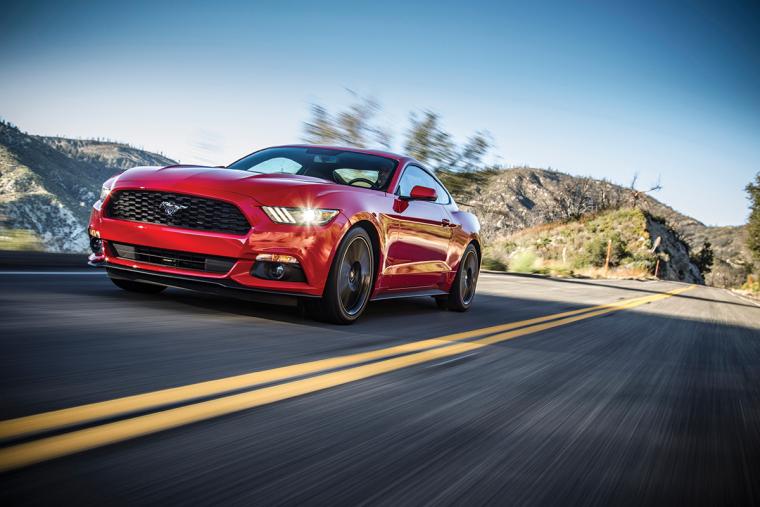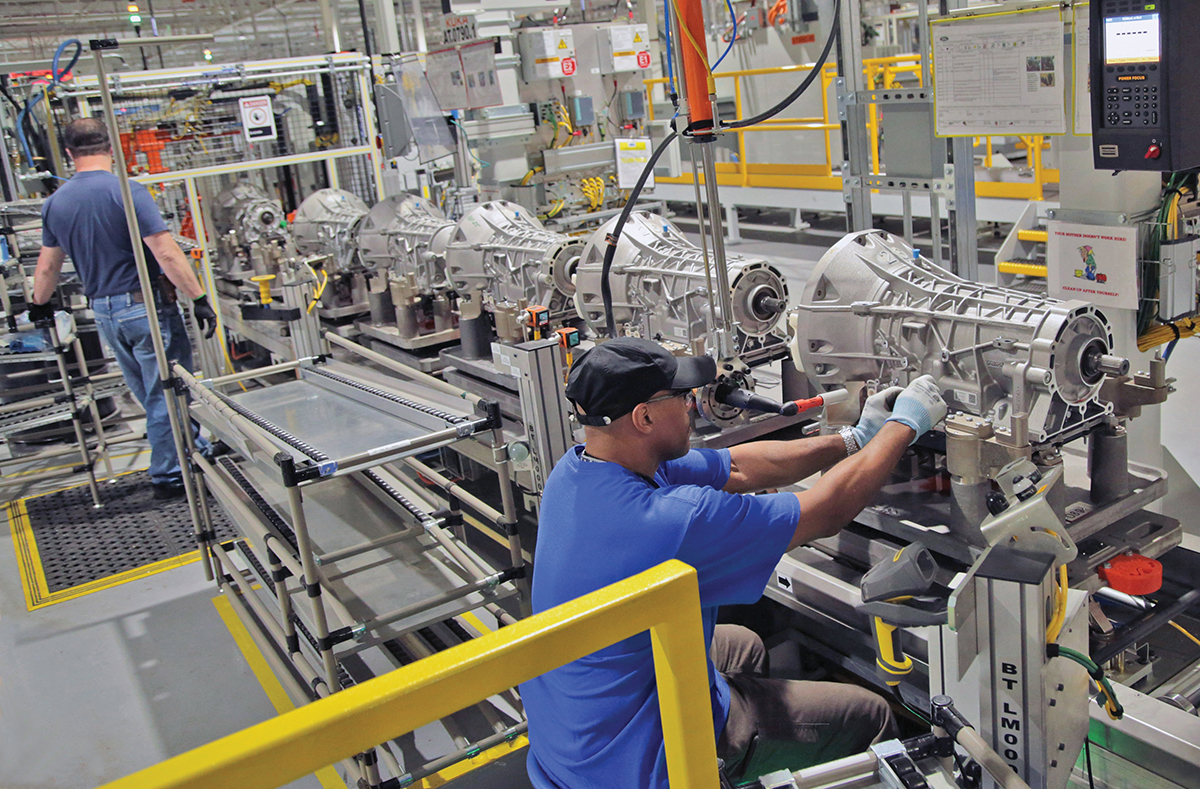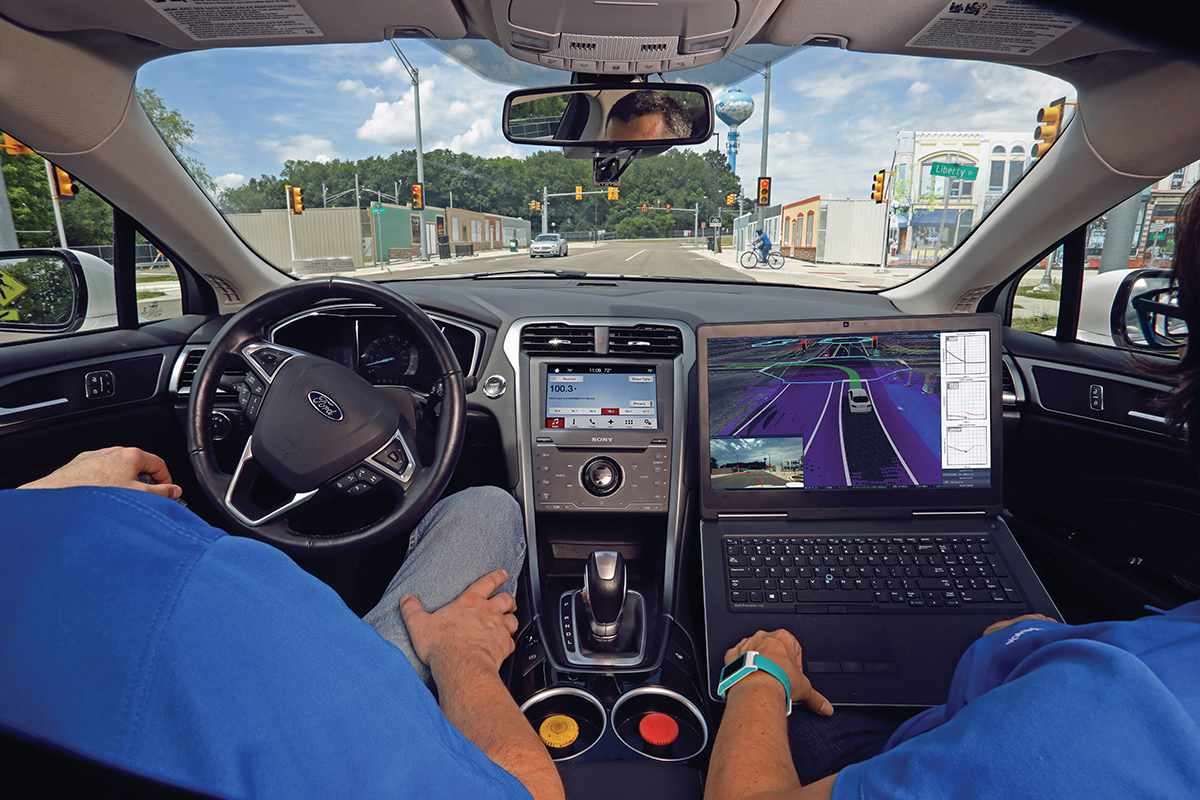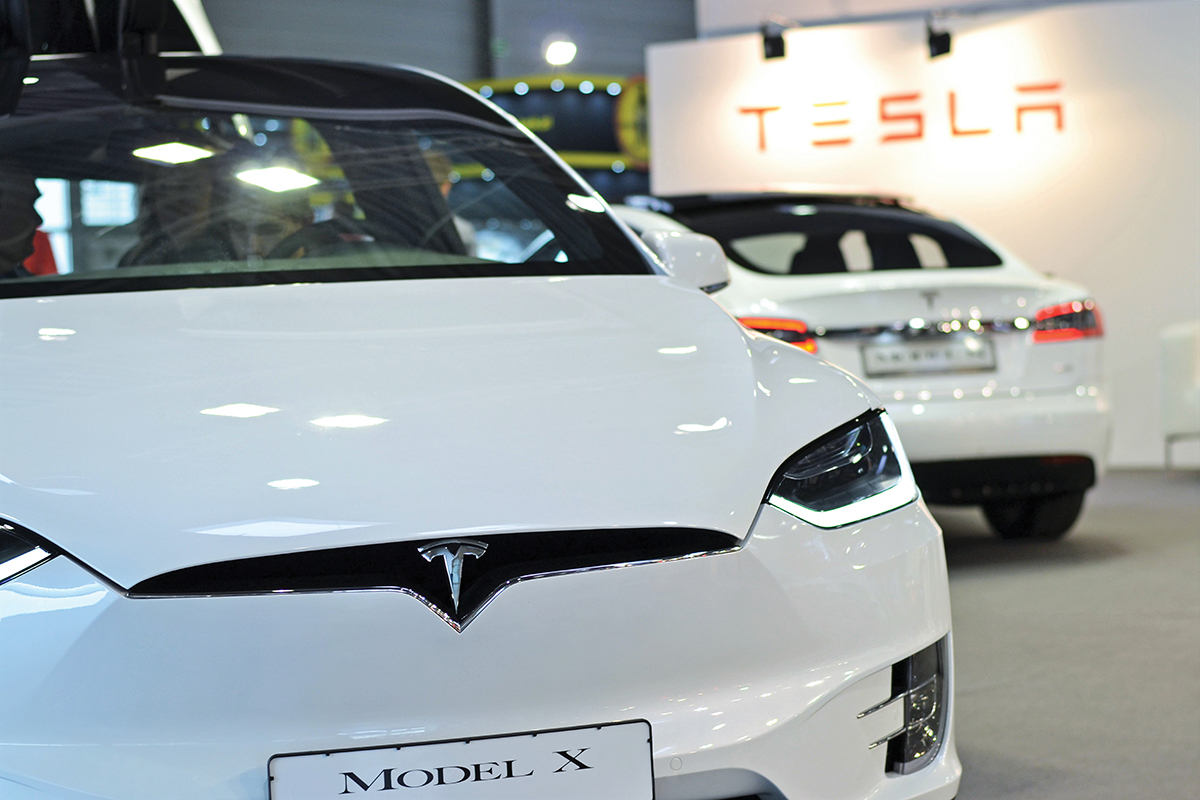
 While President Trump is working to reignite auto manufacturing through deregulation and trade policy, automakers are investing heavily in technology that will fundamentally change the way people interact with vehicles. Industry leaders are saying the automotive industry is embarking on a new age, the implications of which we are just starting to understand. From the normalcy of autonomous to the rise of electric and the movement toward connectivity between auto suppliers and OEMs, major disrupters are changing the way consumers choose to be moved from point A to point B.
While President Trump is working to reignite auto manufacturing through deregulation and trade policy, automakers are investing heavily in technology that will fundamentally change the way people interact with vehicles. Industry leaders are saying the automotive industry is embarking on a new age, the implications of which we are just starting to understand. From the normalcy of autonomous to the rise of electric and the movement toward connectivity between auto suppliers and OEMs, major disrupters are changing the way consumers choose to be moved from point A to point B.
The world watches as U.S. trade policy seeks to alter the incentives to manufacture stateside, a game changer on its own. But is this a futile effort after a generation of global supply chain consolidation? Further, it remains to be seen how the automotive industry evolution will be reflected in the way cars are made, the new skills required to make them and where they roll off the assembly line.
President Trump and America First, a Quest for 25 Million Jobs
The automotive industry leadership joined together March 15th in Ypsilanti, Michigan, to hear President Trump promise a rollback of Obama-era EPA emissions standards. Legacy automotive giants Ford, GM, Fiat Chrysler and others expressed concerns that the mandate to reach 54.5 mpg by 2025, without a promised midterm review, will result in vehicles that are unaffordable and a decline in auto jobs. According to the Obama administration in 2012, achieving the new standards would encourage innovation and investment in advanced technologies, leading to new high-skilled automotive industry jobs. President Trump has a different plan to create jobs, though, and a strong message to the industry to focus their investments right here in the U.S.
While the automotive industry is grappling with a reimagination of the way consumers interact with their vehicles, U.S. political leadership is set on leaving its mark on the auto industry. President Trump made a name for himself during the election by promising Americans a resurgence of manufacturing and the creation of 25 million jobs. He calls it the “America First” doctrine and a focal point for job creation is the automotive industry. According to the Bureau of Labor Statistics, the U.S. has lost 4.9 million manufacturing jobs since 2000, a 28 percent decline in 16 years. Most agree that the decline in jobs is a result of both offshoring and technology improvements. President Trump believes that by reducing regulation and taxes, the improved operating environment will incentivize the establishment of new auto plants and job growth in the U.S. However, there are a few factors standing in the way of job expansion. First, the industry has just completed three years of record or near record North American sales, which are now flattening out. Consumers may not be interested in buying new cars, especially with a used car market flush with returned lease vehicles and a new generation of consumers delaying auto purchases.

President Trump’s biggest target for incentivizing U.S. auto manufacturing is diverting investment from Mexico. Trade policy took center stage after the inauguration when the new administration pulled out of the Trans Pacific Partnership and vowed to throw out NAFTA, instead seeking to establish singular trade agreements with trading partner countries. President Trump threatened a 20 percent import tariff on goods manufactured in Mexico to pay for a new border wall. Mexico-based manufacturers serving the United States had reason to worry as they export over $316 billion of goods and services annually into the U.S.
Mexico is the United States’ third-largest trading partner, with goods imports totaling $295 billion in 2015, of which vehicles accounted for $74 billion, the largest category of imports. Manufacturing is one of the largest categories of U.S. direct investment in Mexico, with total U.S. FDI nearly $108 billion in 2014. Mexico is an important trading partner to the U.S. and improving rather than scrapping NAFTA is the likely path forward now that Commerce Secretary Wilbur Ross is involved in negotiations.
Foreign-owned automakers seeking to reach the American auto market may shift their manufacturing site selection focus from Mexico to the U.S. Recently, China’s biggest SUV maker Great Wall Motor Company’s Chairman Wei Jianjun said it may choose the U.S. instead of Mexico because of tax threats. Reconsiderations like this mean an opportunity for job creation in the U.S. auto industry. It also means an increased interest from foreign-based automotive suppliers considering establishing a U.S. manufacturing presence to hedge a future increase in import fees. States with an overseas economic development presence will benefit as small and mid-size foreign manufacturers seek assistance in making the jump. For example, the State of Georgia has successfully attracted small European automotive suppliers new to the U.S. by hosting small group sessions overseas to learn more about manufacturing in the state.

The consumer of the not-so-distant future will conceivably be able to order a driverless electric vehicle on demand to get them around town. The implications of autonomous vehicle (AV) technology are vast and are changing the way vehicles are manufactured, making it a game changer for the industry.
The automotive industry is banking on the future of autonomous, making major technology acquisitions and investing in university-partnered research and development initiatives. Following in the footsteps of Uber, Ford is establishing a presence in the city of Pittsburgh to test out its autonomous future with the recent acquisition of artificial intelligence software company Argo AI. Both Uber and Ford were lured to Pittsburgh because of Carnegie Mellon’s leadership in robotics engineering. According to the university’s website, Carnegie Mellon has filed more than 140 invention disclosures for autonomous vehicle technologies and the research that has attracted major private partnerships originated at the university over 30 years ago. An initiative to nurture autonomous vehicle innovation in Boston kicked off in February with the opening of the Shared Robotics Innovation Space, workspace for startups. Boston area assets to the industry include MIT and more than 150 existing robotics firms. Along with Pittsburgh and Boston, perennial innovation hub Silicon Valley is leading the nation in the growth of robotics clusters. Other regions are working to position computer science and technology degrees to serve the auto industry in hopes of establishing similar clusters. With increased demand from industry for a skilled talent pool, robotics engineering programs will grow at universities across the country. State and local economic developers, recognizing the growth opportunity, will push to establish autonomous vehicle technology hubs. The industry is already recognizing the need to grow a new talent pool in robotics engineering and locating near the talent will play a role in the site selection process.
When the driving experience becomes a riding experience, the focus on car interiors will be elevated in importance to consumers. There are new activities that can take place inside the moving vehicle since vehicle occupants will no longer need to focus on the road. Autonomous vehicles will be fully connected with active glass touchscreens and augmented reality displays, allowing riders to work, watch a movie or chat with friends. Material suppliers and Tier 1 automotive suppliers that focus on interiors will be tasked with delivering these new high-margin components. OEMs will refocus the importance of having these suppliers nearby, which could alter the interaction and supply chain proximity to assembly plants.
 Electric Vehicles and a Global Demand for Cleaner, More Efficient Cars
Electric Vehicles and a Global Demand for Cleaner, More Efficient Cars
Tesla Motors, Inc. was founded in 2003 by Silicon Valley engineers and has grown substantially under serial innovator Elon Musk. Tesla touts itself as not just an automaker, but as a technology and design company. To show the world how serious it carries this statement, the company recently changed its name to Tesla, removing “motors,” a move that is symbolic of one of the automotive industry’s most significant disruptors and technology-driven endeavors, the rise of electric vehicles. A handful of viable electric vehicle startups are making a name for themselves with headquarters operations in Silicon Valley to capture advantages of EV industry brainpower concentration, shifting the geographic center of the automotive industry west. Electric vehicle companies are not only competing against themselves, but also legacy automakers as they establish their electric vehicle models. Chevrolet’s new long-range Bolt becomes available this year, Ford announced plans for numerous new EV models, VW’s I.D. will be available in 2020 and Mercedes’ Generation EQ concept was unveiled at the Paris show, to name a few. Smart, maker of mini electric and micro urban cars, announced in February that it would sell only electric vehicles in the U.S. and Canada moving forward. Global demand for EVs is expected to increase despite stalled U.S. emissions standards, as the European Union and China establish their own standards.
Connected Roads and a Smarter Supply Chain
Connectivity technologies are allowing vehicles to talk to each other and to infrastructure, making it an important game changer to the auto industry, transportation infrastructure and mobility at large. Infrastructure is becoming more connected with advancements in vehicle-to-vehicle-to-infrastructure communication. Lear Corporation, a global supplier of automotive seating and electrical systems, is partnering with Wyoming as a pilot site to test out connected systems, specifically related to trucking and highway driving in adverse weather conditions. Similar public-private partnerships are being established in places like Detroit, San Francisco and Ohio with support from U.S. Department of Transportation grant funding to promote advanced technology.
OEMs are improving the efficiency of auto assembly through connected machines and connected supply chains. On the factory floor, predictive analytics are used to adjust production schedules and notify the supply chain, further streamlining the manufacturing process. The implications of a more connected supply chain may mean a more efficient system, reducing the need for geographic proximity between suppliers and OEMs. It also means heightened demands on suppliers to be responsive to the needs of OEMs, requiring short-notice labor changes, which will result in a more temporary-based and flexible workforce.
A significant cost risk to automotive manufacturers is disruption to the supply chain, and technology has found a way to help fix the problem. A new startup called Resilinc, headquartered in the San Francisco Bay Area, has created a global supply chain alert service. The system quickly informs companies of emergencies disrupting suppliers such as natural disasters, labor issues, factory accidents and terrorist attacks. Resilinc monitors news and social media to stay on top of these global threats to supply chain efficiencies.
The industry waits to see how technology disruptors like autonomous vehicles, electric vehicles and connectivity technologies will change the auto industry. What is certain is that a new talent pool is emerging in response to technological shifts, and supply chains are responding to new demands of autonomous and electric vehicles. While the auto industry goes through a massive technological overhaul, the President’s promise to deliver millions of new manufacturing jobs may be the biggest disruptor of them all. T&ID


